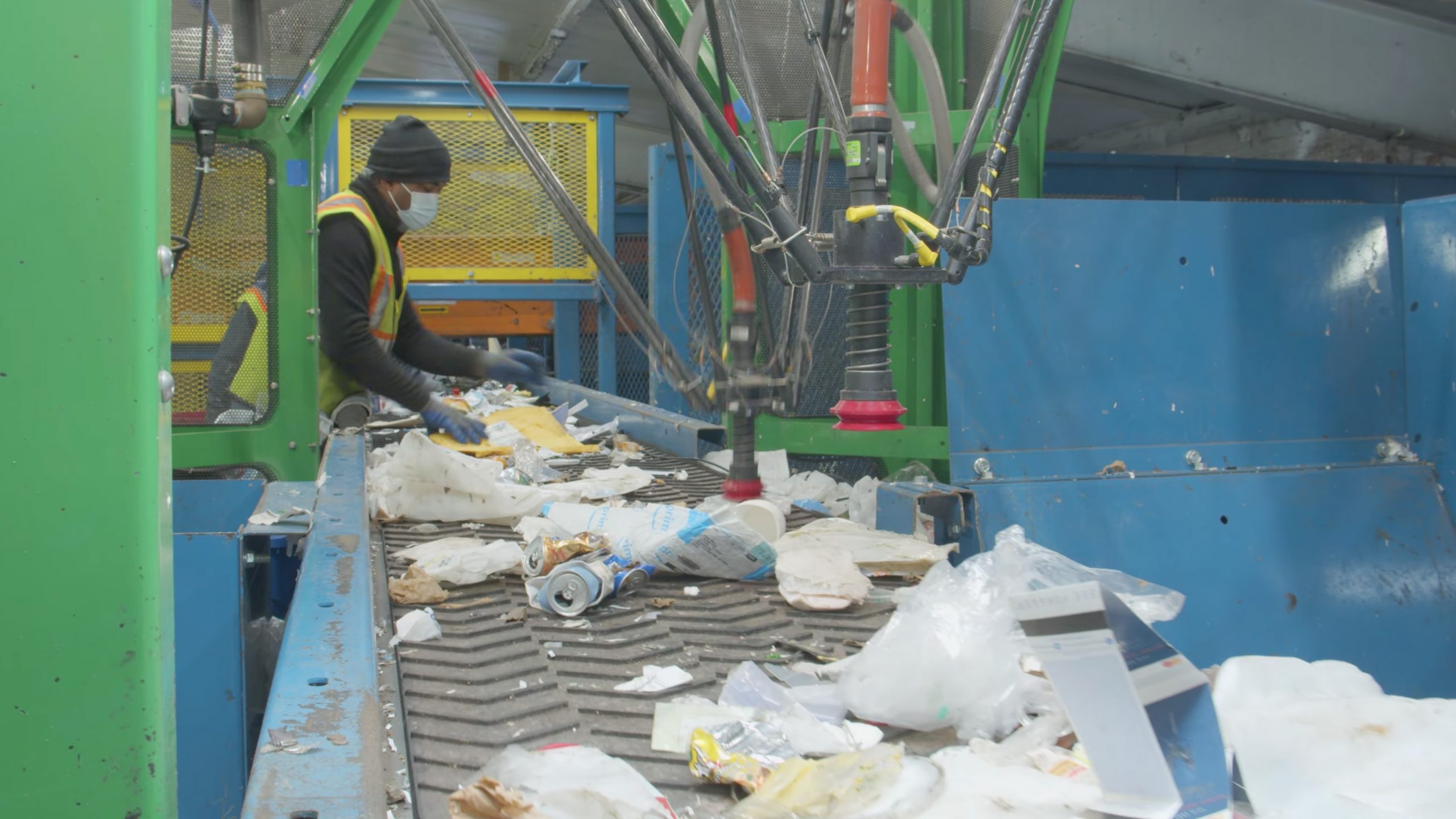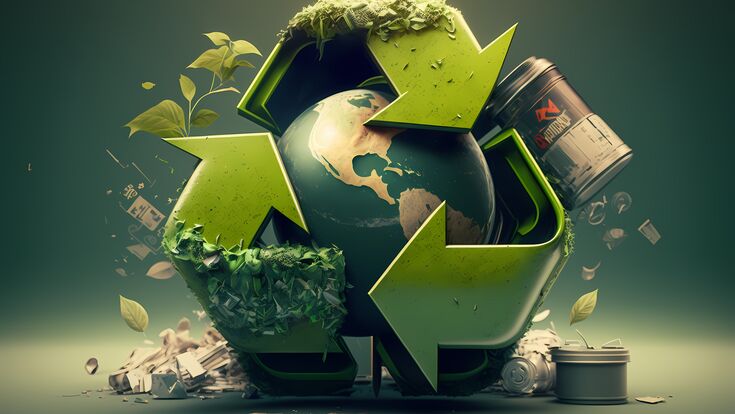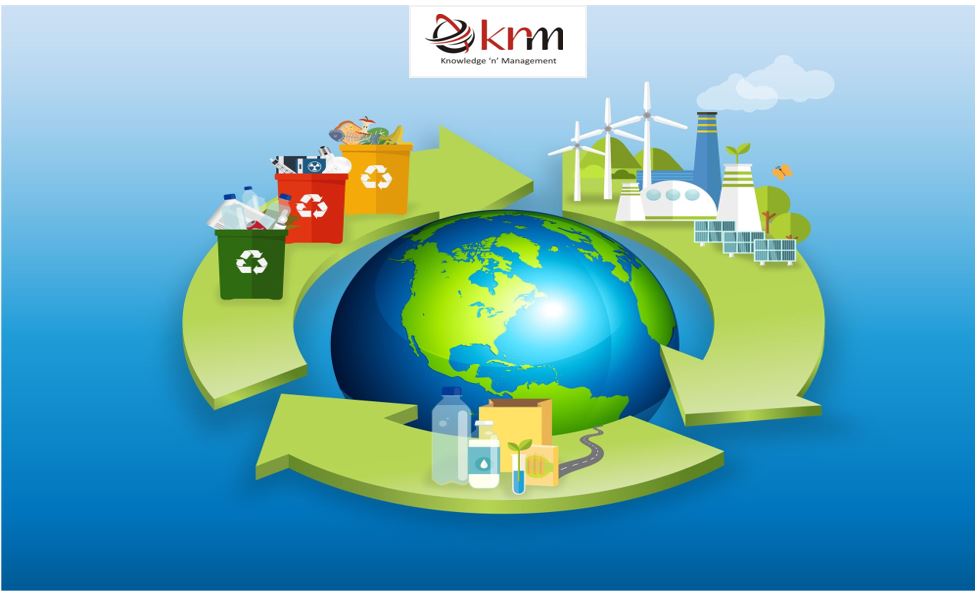Recycling Lives Services: Blazing A Trail in Accountable Recycling
Recycling Lives Services: Blazing A Trail in Accountable Recycling
Blog Article
Discovering Different Kinds Of Waste in Modern Waste Monitoring Equipment
The modern landscape of waste management includes browsing a complex selection of waste kinds, each requiring specialized handling and disposal techniques to minimize ecological influences. Local solid waste, contaminated materials, digital waste, and organic waste each present unique challenges and chances for source healing. Ingenious services such as wise waste containers and waste-to-energy innovations are emerging as essential tools in improving efficiency and sustainability. Understanding these waste types is vital for promoting public recognition and encouraging active engagement in lasting practices. What strategies can efficiently attend to these diverse kinds of waste while advertising a circular economy?
Local Strong Waste
Local strong waste, often referred to as home garbage or rubbish, includes a variety of thrown out materials produced by household, industrial, and institutional sources within a community. This waste stream typically consists of products such as packaging, food scraps, backyard trimmings, paper, plastics, textiles, and disposed of household goods. The management of metropolitan strong waste is an important component of city planning and public wellness, demanding effective collection, transportation, and disposal systems.
Effective waste monitoring systems are designed to minimize environmental impact while optimizing source healing. Composting natural waste, such as food scraps and lawn trimmings, not just lowers landfill usage but additionally produces useful dirt amendments.
Communities must likewise deal with the logistical and financial difficulties connected with waste management. Implementing pay-as-you-throw systems, enhancing public awareness, and buying modern technology can considerably boost waste diversion rates. By integrating these practices, districts can cultivate sustainable neighborhoods, lower greenhouse gas exhausts, and preserve all-natural sources.
Contaminated Materials

Effective hazardous waste monitoring includes numerous crucial actions: identification, disposal, therapy, and segregation. Identification involves the classification of waste based upon its hazardous residential properties. Partition guarantees that hazardous materials are kept separately from non-hazardous waste to stop cross-contamination. Therapy techniques, such as chemical neutralization, incineration, and stablizing, are used to lower the toxicity, volume, or wheelchair of the waste. Disposal choices, consisting of protected garbage dumps and underground storage space, are picked to make certain long-term containment.
Regulative frameworks, such as the Resource Preservation and Recovery Act (RCRA) in the USA, supply guidelines and standards for contaminated materials management. Adherence to these regulations, paired with developments in waste therapy innovations, is necessary in mitigating the threats related to dangerous waste.
Digital Waste
Digital waste, commonly described as e-waste, stands for a swiftly expanding difficulty in waste monitoring systems worldwide. This kind of waste incorporates disposed of digital devices and tools such as mobile phones, computers, televisions, and various other electronic home appliances. The quick rate of technical advancement, combined with lowering product life expectancies and consumer need for the most up to date tools, has actually greatly increased the quantity of e-waste produced annually.
E-waste is particularly bothersome due to its complex make-up, often including harmful materials like mercury, cadmium, and lead, which position considerable environmental and health and wellness threats if not effectively handled. Alternatively, e-waste also includes useful products such as copper, gold, and silver, which can be recuperated and reused. The twin nature of e-waste-- both dangerous and beneficial-- necessitates specific handling, recycling, and disposal processes.
Reliable e-waste management entails rigid regulative frameworks, durable collection systems, and advanced reusing innovations. Public recognition and engagement are vital, as incorrect disposal techniques, such as prohibited unloading and informal recycling, exacerbate environmental contamination and carcinogen. Improving e-waste management practices is important for minimizing ecological impact and recouping important resources in a significantly electronic globe.

Organic Waste
Organic waste, comprising cooking area scraps, lawn trimmings, and agricultural residues, represents a considerable part of the worldwide waste stream. This kind of waste is eco-friendly, meaning it can be broken down by bacteria into easier natural compounds. Despite its possibility for all-natural decomposition, incorrect administration of organic waste can lead to damaging environmental effects, consisting of the emission of greenhouse gases such as methane, which add to environment change.
Reliable management of organic waste is crucial for decreasing these environmental effects (recycling lives services). Composting is a widely adopted method, changing organic waste into nutrient-rich garden compost that can boost dirt wellness and agricultural performance. Additionally, anaerobic digestion is an emerging modern technology that converts organic waste into biogas, a renewable energy source, site and digestate, which can be made use of as fertilizer
Municipalities and waste monitoring entities must carry out durable natural waste collection and therapy programs to maximize the advantages of these processes. Public education and learning projects can likewise play a critical function in motivating houses and businesses to different organic waste from various other kinds of waste. By focusing on the monitoring of natural waste, cultures can minimize garbage dump usage, lower read more greenhouse gas exhausts, and create beneficial by-products for farming use.

Ingenious Waste Monitoring
In the realm of waste monitoring, ingenious techniques are changing just how societies handle their refuse, going for sustainability and performance. These innovations encompass an array of innovations and techniques that improve recycling prices, reduce landfill reliance, and lower environmental effect. One popular technology is the implementation of wise waste containers geared up with sensors that keep track of fill levels and enhance collection routes. This not just decreases gas intake however additionally minimizes greenhouse gas emissions.
Another remarkable development is the adoption of waste-to-energy (WtE) modern technologies. By converting non-recyclable waste into useful power through processes such as incineration and anaerobic digestion, WtE reduces land fill problem and offers an eco-friendly power source. In addition, advancements in chemical recycling permit the malfunction of intricate plastics into their initial monomers, allowing the development of brand-new, top quality plastic products.
Additionally, the round economic climate version is acquiring traction, highlighting the layout of products and systems that focus on reusability and resource effectiveness. This alternative approach encourages markets to decrease waste generation from the beginning. With these innovative approaches, modern waste management systems are not just resolving the prompt challenges of garbage disposal yet also paving the way for an extra sustainable future.
Final Thought
A comprehensive understanding of community strong waste, contaminated materials, electronic waste, and organic waste, combined with the implementation of innovative waste administration go right here solutions, is necessary for mitigating ecological influences. Integrating modern technologies such as wise waste containers and waste-to-energy systems can enhance efficiency and sustainability. Effective waste management strategies not just foster resource recuperation but likewise promote public recognition and participation, inevitably adding to the advancement of a circular economy.
The modern landscape of waste monitoring involves browsing a complex array of waste kinds, each requiring specialized handling and disposal approaches to alleviate environmental impacts. Local strong waste, harmful waste, electronic waste, and natural waste each existing distinctive difficulties and opportunities for resource recuperation.Digital waste, frequently referred to as e-waste, stands for a swiftly expanding difficulty in waste management systems internationally. With these cutting-edge strategies, modern-day waste administration systems are not just attending to the immediate challenges of waste disposal but also paving the method for an extra sustainable future.
A detailed understanding of local strong waste, dangerous waste, digital waste, and natural waste, coupled with the implementation of ingenious waste monitoring solutions, is vital for minimizing ecological influences. (recycling lives services)
Report this page